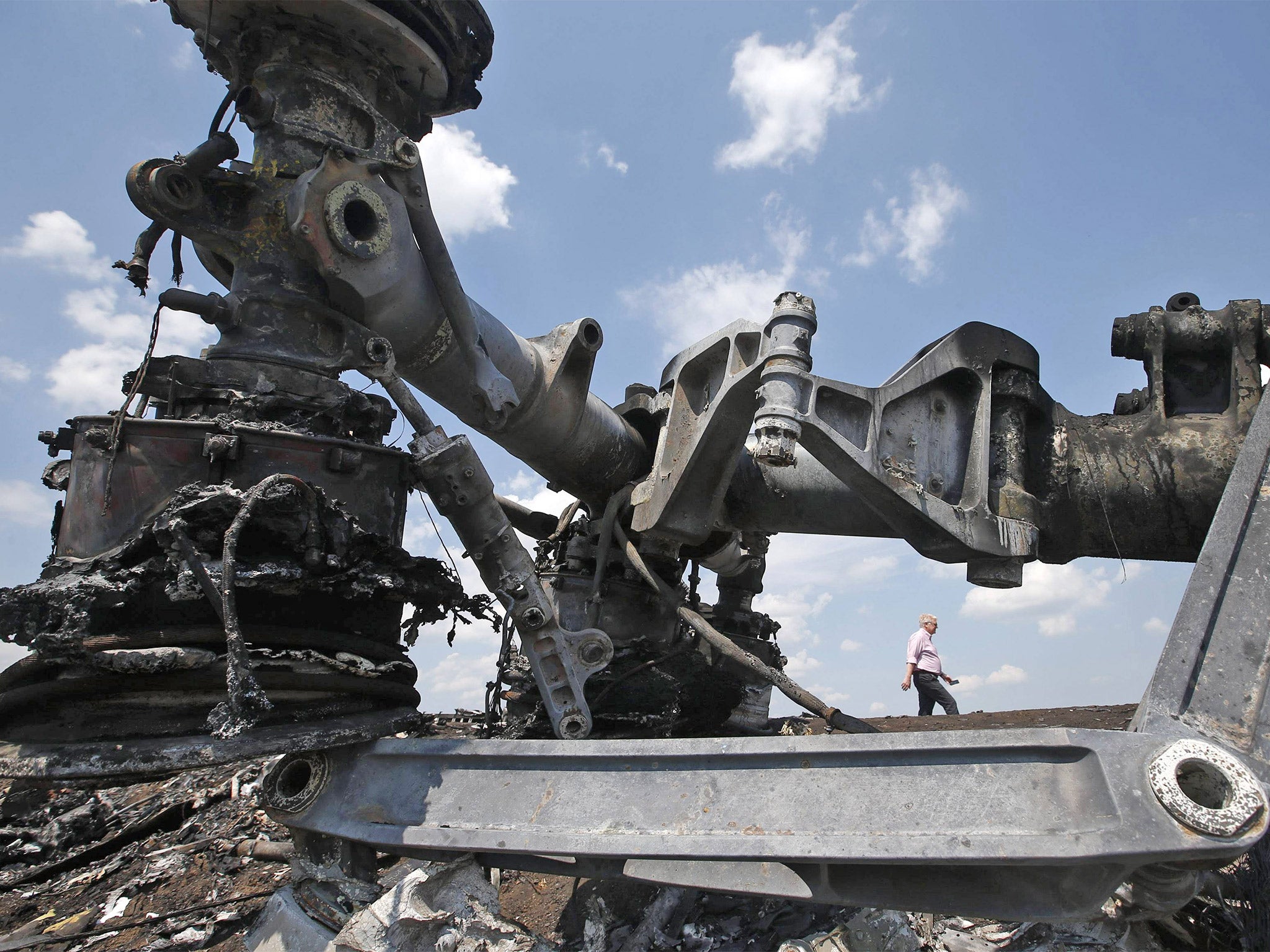Malaysia Airlines MH17 crash: Delays, interference and ineptitude are worst enemies of the forensic expert

Your support helps us to tell the story
From reproductive rights to climate change to Big Tech, The Independent is on the ground when the story is developing. Whether it's investigating the financials of Elon Musk's pro-Trump PAC or producing our latest documentary, 'The A Word', which shines a light on the American women fighting for reproductive rights, we know how important it is to parse out the facts from the messaging.
At such a critical moment in US history, we need reporters on the ground. Your donation allows us to keep sending journalists to speak to both sides of the story.
The Independent is trusted by Americans across the entire political spectrum. And unlike many other quality news outlets, we choose not to lock Americans out of our reporting and analysis with paywalls. We believe quality journalism should be available to everyone, paid for by those who can afford it.
Your support makes all the difference.Disaster victim identification is a difficult task, but will be made even more challenging in the MH17 case, given the delays in body recovery and interference at the crash site.
Australia has some of the best forensic experts in the world, but they have been sidelined, with no access to the crash site or victims due to political obstruction.
The most important phase of an identification operation is the recovery phase, which should be conducted by highly trained police and scientific officers. This involves thorough documentation, preservation and collection of bodies, personal property and other forensic evidence at the disaster site. If the highest possible quality standards are not implemented at this stage of the identification operation, it may significantly delay or prevent accurate identification.
It appears that the site has been contaminated and vital evidence has been removed. Untrained searchers may not recognise items of forensic value to collect or overlook smaller body parts.
Each item of property and body part should be given a unique identifying number at the crash site before removal, which should stay with it throughout the identification process. This forms a chain of continuity that prevents loss or destruction of bodies and items and maintains the value of forensic evidence.
The MH17 disaster will require forensic experts to conduct autopsies and fingerprint, dental and DNA analysis of the victims, and compare the evidence with records such as dental charts, medical records, personal photographs and fingerprints from personal belongings. As the remains of victims deteriorated in fields, vital forensic clues would start to disappear such as fingerprints, tattoos, scars, birthmarks and the opportunity for visual identification.
Over the past 20 years, DNA has been used in disasters such as the World Trade Center attacks and the Bali Bombings, and technologies have improved much over time. DNA samples should be taken of all bodies and body parts recovered from the MH17 crash site so that these can be compared with DNA from the victim’s personal items or their close relatives. The delay in recovering the bodies should not have an impact on obtaining DNA profiles from bone samples, but it will significantly limit DNA profiling from blood and soft tissue.
The explosion and fire is another challenge for forensic experts. The associated heat and destructive forces of the initial explosion and resulting crash will have made the bodies more difficult to recover and identify. Despite the successful use of forensic science in many disasters, there is always the possibility that not all victims can be identified.
© Washington Post
Kirsty Wright is forensic biologist and senior lecturer at Griffith University, Australia
Join our commenting forum
Join thought-provoking conversations, follow other Independent readers and see their replies
Comments